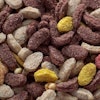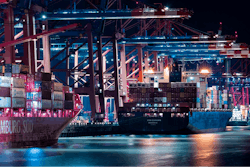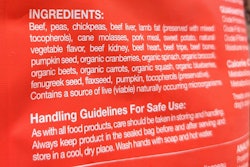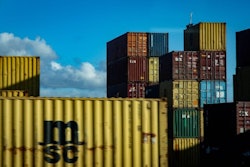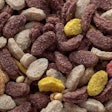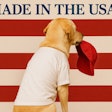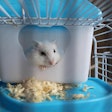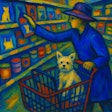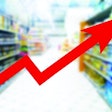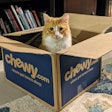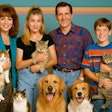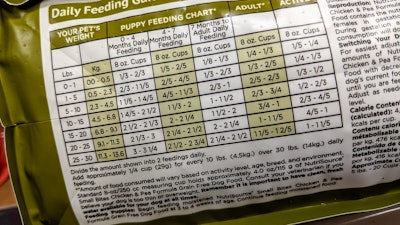
The Russian government has hammered out a plan to impose mandatory labeling of pet food and veterinary drugs from September 1, 2024. The step is justified by a need to clean the market of counterfeit products, the share of which reaches 25% of sales in some segments.
According to the Center for Prospective Technology Development (CRPT), a state agency authorized to supervise the reform, the process of implementing mandatory labeling of pet food and veterinary drugs will be phased. Starting October 1, all dry pet food on the shelves should carry labels, ensuring complete supply chain traceability. This will be followed by the labeling of wet pet food, which will commence on March 1, 2025. Selling pet food without the labels will be strictly prohibited past these dates.
In parallel, the Russian Industry and Trade Ministry proposed making counterfeit product imports into the country a criminal offence punishable by up to six years in prison. Under the existing rules, counterfeit production and imports are administrative offences, meaning that unscrupulous suppliers are usually subjected to fines.
CRPT estimated that counterfeit accounts for roughly 10% of the Russian pet food market, estimated at Rub433 billion (Eur4.7 billion) in 2023 by Zooinform, a Moscow-based pet food media. On some items, the share is as high as 25%. A significant share of counterfeit pet food is believed to be imported into Russia, primarily from neighboring post-Soviet countries.
Heavy financial burden
CRPT estimated that the labeling reform would trigger only a slight rise in operational costs along the value chain in the pet food industry, limited to 1%.
Market players, however, believe this is a far cry from what the industry must anticipate. Kirill Dmitriev, president of the Russian National Association of Zoo Industry, explained the impact of the reform will not be limited to the need to pay for the labels.
"Theoretically, there is no problem with applying any label, print or stick-on, on product packaging," Dmitriev said. "The most important thing is that no one has yet seen equipment that applies such labeling at the speed of a production line.
"You also need to count the [cost of] equipment, the [cost of] software, integration, and so on," Dmitriev added.
Specialized pet food retailers generally agree the labeling reform will incur substantial costs. Alexander Ivanov, technical director of the Beethoven chain of stores, revealed that investments would be needed to train staff, update accounting systems and cash register software, and install label-reading equipment.
"This is definitely a large and expensive task," Ivanov admitted.
Moreover, the pet food industry is not ready to use printed labels — the cheapest type of label — because they require installing and mastering some sophisticated equipment.
"Temporary storage warehouses and customs posts where imported goods are supposed to be labeled are also not ready [for applying printed labels], meaning they will have to rely on stick-on ones," Dmitriev said.
Dmitriev asserted that labeling with stick-ons is expensive, and their use could trigger a surge in pet food prices in retail.
While the rationale behind the labeling reform is sound, it comes at a time when the Russian pet food industry is already grappling with numerous challenges. Kirill Dmitriev, president of the Russian National Association of Zoo Industry, voiced these concerns, suggesting the reform should be postponed to allow the industry to address its existing issues.
Exports on the agenda
The Russian government's efforts to clean the supply chain of counterfeit products can help the government implement an ambitious program to boost pet food exports in the coming years.
In May 2024, the Russian Agricultural Ministry rolled out plans to double pet food exports through 2030, boosting it to 150,000 tonnes, worth $350 million.
The authorities are optimistic about the Russian pet food industry's export potential even though the dynamics of the past few years have been mixed. Between 2018 and 2022, Russian pet food exports grew on average by 22% per year, but this trend reversed in recent years.
In 2022, Russia exported 121,900 tonnes of cat and dog food worth $192.8 million, a decrease of 31.1% in volumes and 15.1% in monetary terms compared to the previous year, according to official data. The main purchasers are Belarus and Kazakhstan, while exports to Germany, the largest sales market outside the CIS region, plummeted by nearly 80%.
The Russian government believes the market of the post-Soviet countries, Mongolia and emerging Asian economies will be the most promising markets for Russian pet food in the coming years.
